A sanctuary of supreme sacrifice, embodying resilience and spiritual heritage.
Gurudwara Sis Ganj Sahib isn’t just another historic site in Delhi; it’s a spiritual sanctuary deeply rooted in sacrifice and faith. Located in the bustling heart of Chandni Chowk, this Gurudwara stands as a testament to the courage of Guru Tegh Bahadur, the ninth Sikh Guru, who was martyred at this very spot in 1675. The Gurudwara is not only a place of worship but also a symbol of unwavering devotion and the fight for religious freedom.


Open daily from 12:00 PM to 11:30 PM
Modest attire required; head coverings are mandatory and visitors are expected to enter barefoot.
Visiting during Sikh festivals like Guru Nanak Jayanti or Baisakhi adds a deeper spiritual experience.
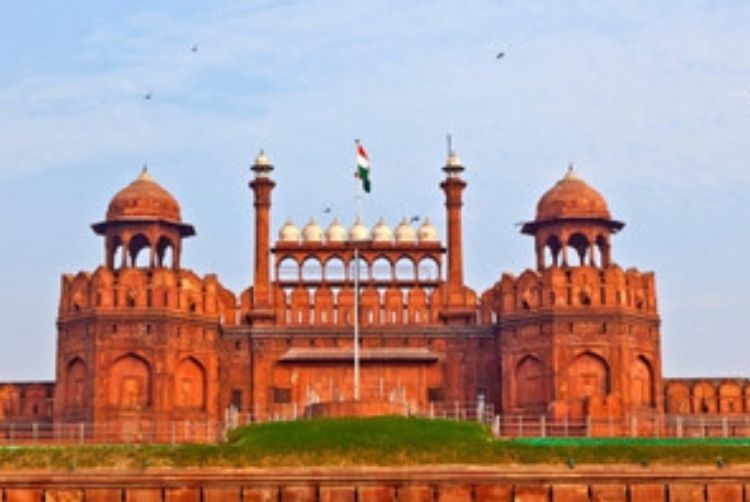
A UNESCO World Heritage site, just a short walk away, symbolizing India’s rich history.

One of the largest mosques in India, offering a glimpse into Mughal architecture.
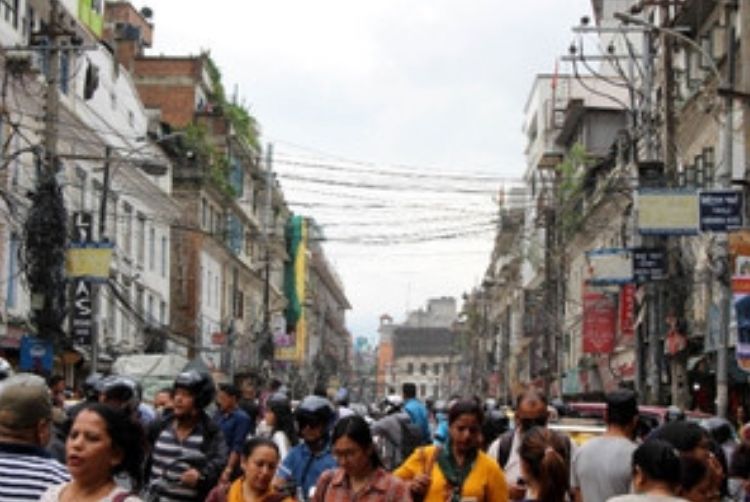
Immerse yourself in the vibrant chaos of Delhi’s oldest and busiest market.
Guru Tegh Bahadur was executed here for refusing to convert to Islam.
You can find the preserved trunk of the tree under which Guru Tegh Bahadur was beheaded.
Houses the well where Guru Tegh Bahadur last bathed before his death.

First established as a shrine in 1783 by the Sikh military leader Baghel Singh.
In 1930, the gurdwara was complete with gold-gilded domes.
Thousands of devotees are served free meals (langar) daily, reflecting the Sikh principle of community service.





In 1675, amid the oppressive reign of Mughal Emperor Aurangzeb, Guru Tegh Bahadur, the ninth Sikh Guru, was arrested for defending the religious freedoms of Kashmiri Pandits, who were being forced to convert to Islam. Despite immense pressure, Guru Tegh Bahadur refused to renounce his faith. This defiance cost him his life; he was publicly beheaded in Chandni Chowk, where Gurudwara Sis Ganj Sahib now stands. His martyrdom is a profound testament to the Sikh values of justice and the defense of religious freedom, making this site not just a place of worship but a symbol of the fight for human rights.

Within the Gurudwara complex, you’ll find the preserved trunk of the tree under which Guru Tegh Bahadur was executed. This physical remnant serves as a powerful reminder of the Guru's sacrifice and the historical events that took place at this site. Pilgrims and visitors alike view this tree with deep reverence, recognizing it as a silent witness to the Guru's martyrdom.
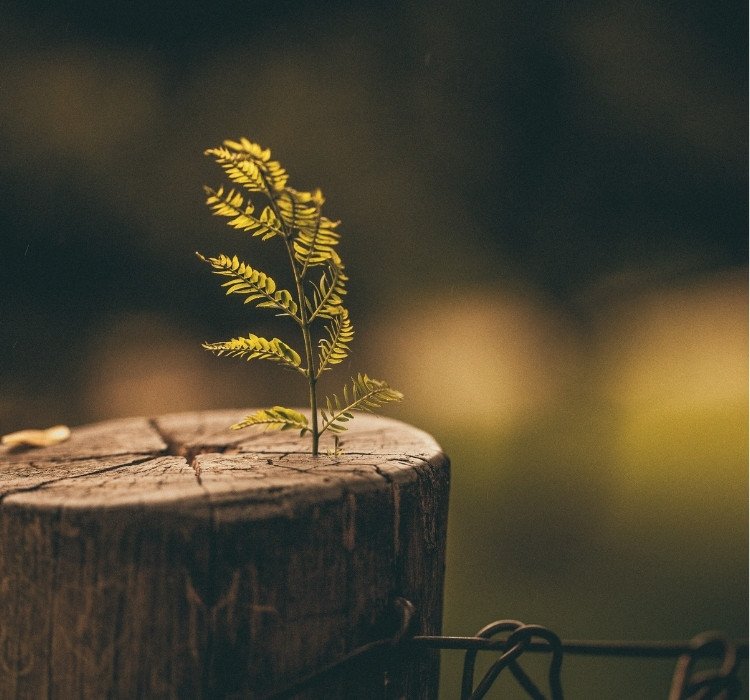
One of the most cherished practices at Gurudwara Sis Ganj Sahib is the daily langar, a free communal meal offered to everyone, regardless of background or belief. This tradition, rooted in the Sikh principles of equality and selfless service, embodies the core values of the faith. Participating in the langar is not just about receiving food but experiencing the inclusivity and humility that are central to Sikhism.

After Guru Tegh Bahadur was executed, his body was guarded to prevent Sikhs from performing the last rites. However, in a daring act, Lakhi Shah Vanjara, a devoted follower, managed to smuggle the Guru’s body out under the cover of darkness and cremated it in his home, which he then set ablaze to avoid detection. This act of devotion is commemorated at another Gurudwara, Rakab Ganj Sahib, nearby.
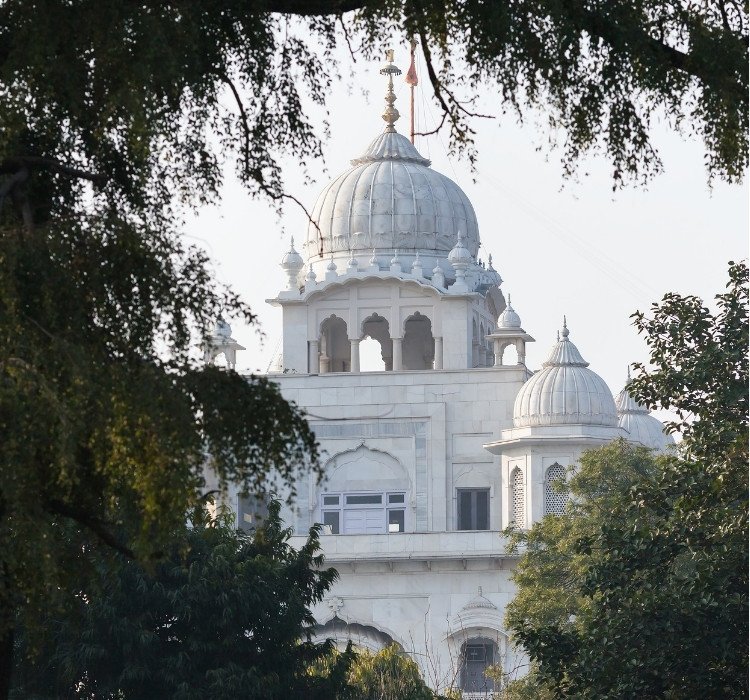
Gurudwara Sis Ganj Sahib has not been without its challenges. In the years following its construction, there were periods of conflict over the ownership and use of the site, particularly between Sikh and Muslim communities. These disputes were eventually resolved during the British Raj, with the Privy Council ruling in favor of the Sikhs, ensuring the site remained a Gurudwara.

The architecture of Gurudwara Sis Ganj Sahib is a beautiful blend of Mughal and Sikh styles, featuring a gilded dome and intricate marble work. Each element of the Gurudwara’s design reflects the spiritual and historical significance of the site, making it not only a place of worship but also a monument to Sikh heritage and resilience.

Guru Tegh Bahadur, the ninth Sikh Guru, is publicly beheaded at Chandni Chowk under the orders of Mughal Emperor Aurangzeb. This execution is in response to the Guru’s refusal to convert to Islam, marking a pivotal moment in Sikh history, symbolizing the defense of religious freedom and human dignity.
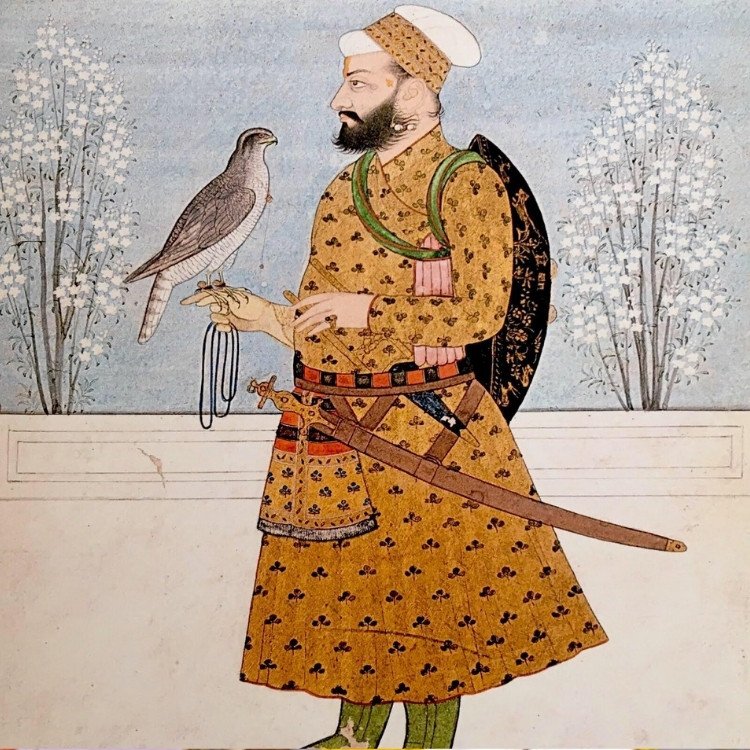
More than a century later, in 1783, Baghel Singh, a prominent Sikh military leader, establishes a humble shrine at the site of Guru Tegh Bahadur’s martyrdom. This marks the first formal recognition of the location as a place of significant religious importance for Sikhs.

More than a century later, in 1783, Baghel Singh, a prominent Sikh military leader, establishes a humble shrine at the site of Guru Tegh Bahadur’s martyrdom. This marks the first formal recognition of the location as a place of significant religious importance for Sikhs.

During the Indian Rebellion of 1857, the site becomes a point of contention as different groups lay claim to the area. The structure shifts between being a mosque and a Gurudwara, reflecting the turbulent political climate of the time.
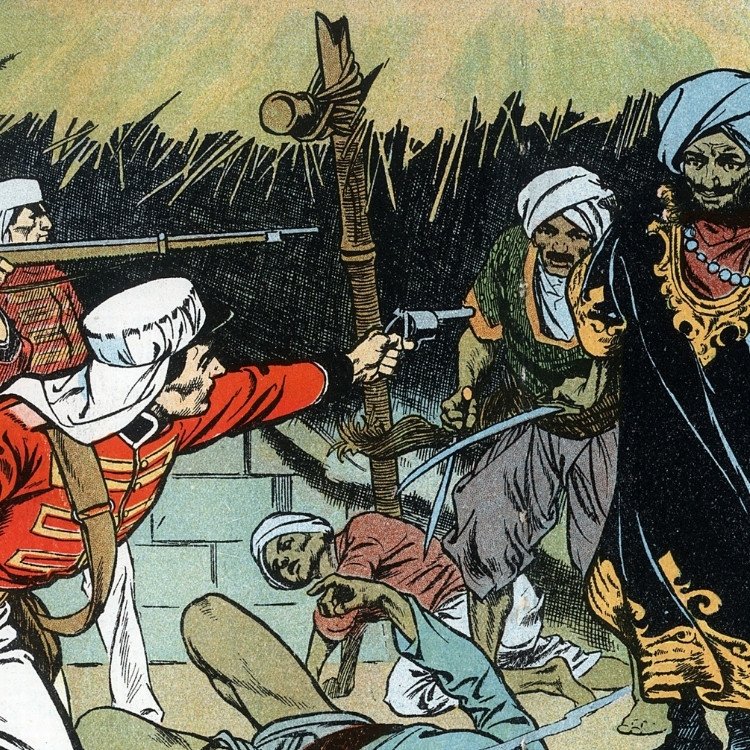
After years of disputes and legal battles, the current structure of Gurudwara Sis Ganj Sahib is finalized in 1930. This version of the Gurudwara includes the iconic gold-gilded domes (which were added post-1930) and is built with materials that reflect both Mughal and Sikh architectural influences, solidifying its status as a spiritual and cultural landmark.
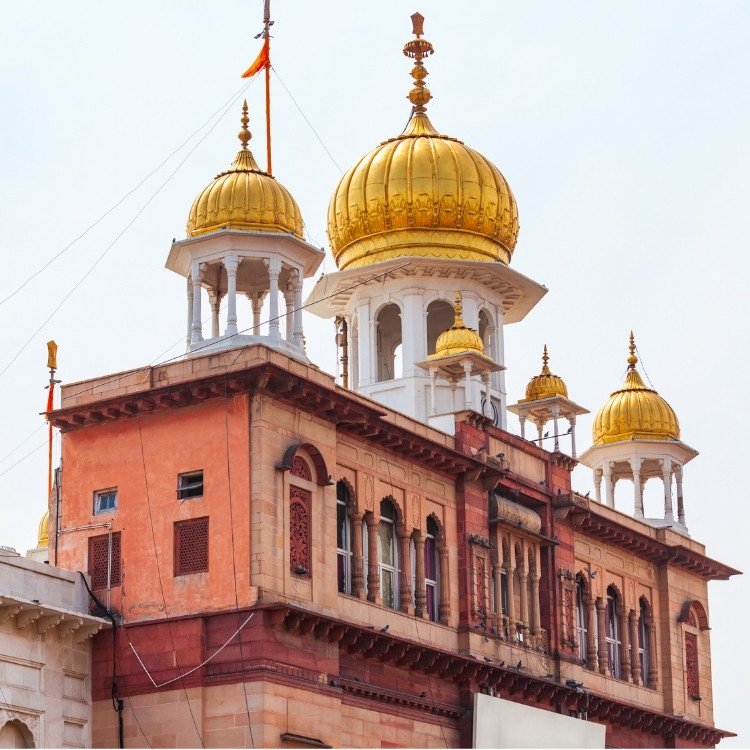
After years of disputes and legal battles, the current structure of Gurudwara Sis Ganj Sahib is finalized in 1930. This version of the Gurudwara includes the iconic gold-gilded domes (which were added post-1930) and is built with materials that reflect both Mughal and Sikh architectural influences, solidifying its status as a spiritual and cultural landmark.

In 1971, the Kotwali (police station) adjacent to the Gurudwara, where Guru Tegh Bahadur and his companions were imprisoned before their execution, is handed over to the Delhi Sikh Gurdwara Management Committee. This transfer adds another layer of historical significance to the Gurudwara complex.
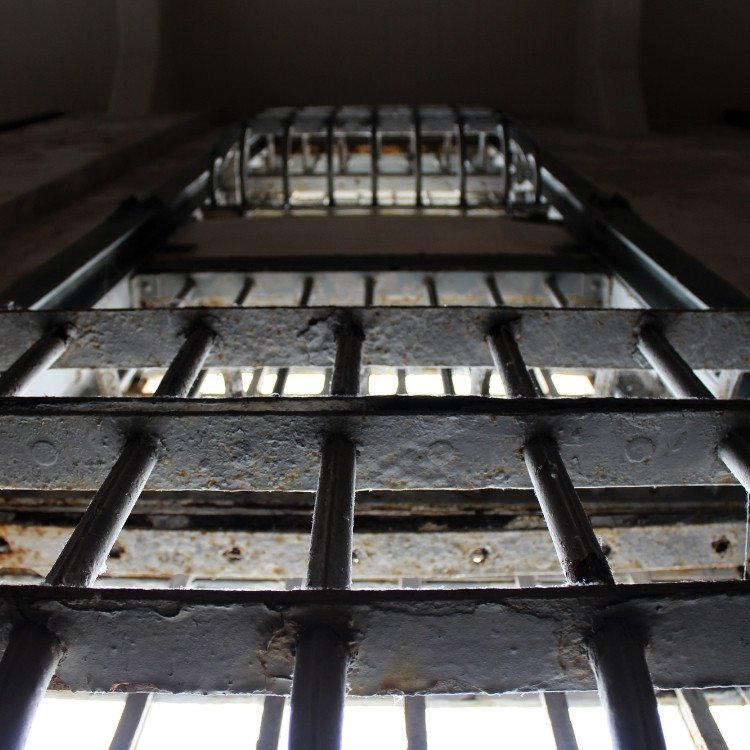
Throughout the latter half of the 20th century, Gurudwara Sis Ganj Sahib evolves into a powerful symbol of Sikh identity and resistance. The site becomes a focal point for Sikh pilgrims worldwide, who come to honor the Guru’s sacrifice and draw strength from the Gurudwara’s history.
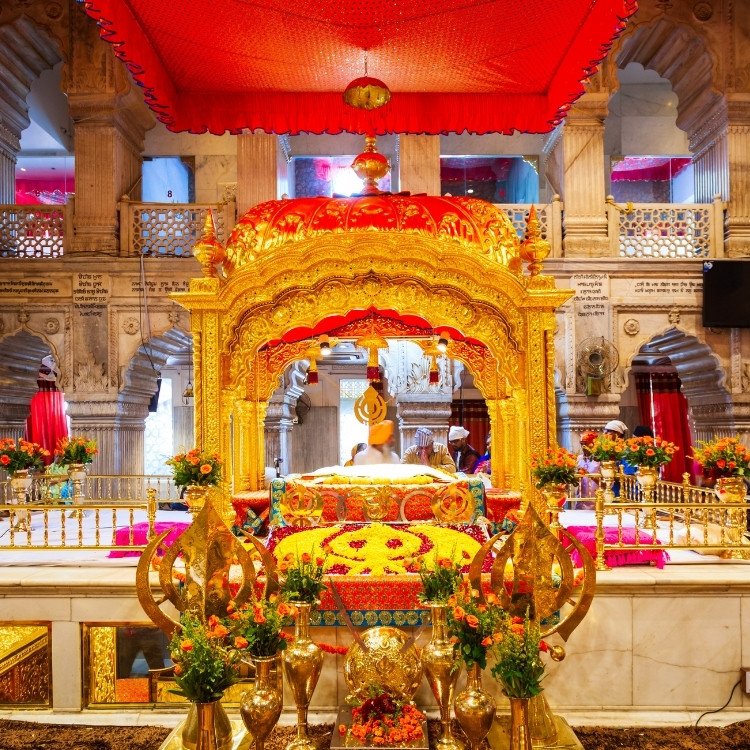
Throughout the latter half of the 20th century, Gurudwara Sis Ganj Sahib evolves into a powerful symbol of Sikh identity and resistance. The site becomes a focal point for Sikh pilgrims worldwide, who come to honor the Guru’s sacrifice and draw strength from the Gurudwara’s history.

The capstone ceremony is held, attended by thousands, marking the placement of the final stone atop the temple.
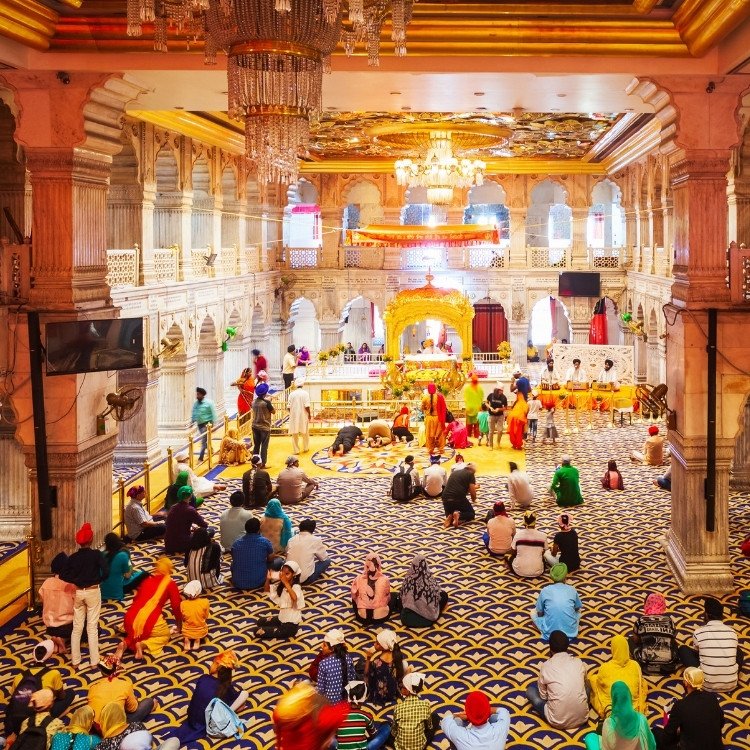

The origins of Gurudwara Sis Ganj Sahib are deeply intertwined with the martyrdom of Guru Tegh Bahadur, the ninth Sikh Guru. In 1675, during the oppressive reign of Mughal Emperor Aurangzeb, Guru Tegh Bahadur was arrested for opposing the forced conversion of Kashmiri Pandits to Islam. Despite the threat of execution, the Guru remained steadfast in his faith. His refusal to convert led to his public beheading at Chandni Chowk, a tragic yet defining moment in Sikh history. This event not only solidified the Guru’s legacy as a defender of religious freedom but also sowed the seeds for the establishment of Gurudwara Sis Ganj Sahib on the very site of his martyrdom.
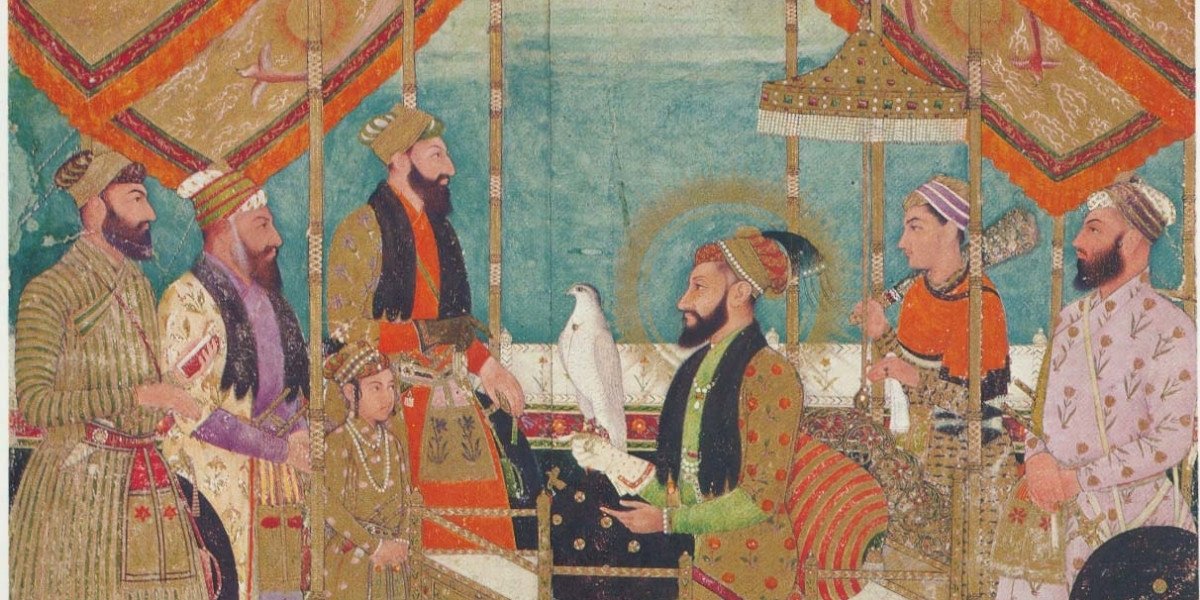
More than a century after Guru Tegh Bahadur’s martyrdom, the site was formally recognized as a place of great religious significance. In 1783, Baghel Singh, a revered Sikh military leader, took control of Delhi and established several Gurudwaras across the city, including the original shrine at Sis Ganj Sahib. Initially a modest structure, the Gurudwara was constructed to honor the memory of the Guru’s sacrifice. Over the years, this shrine became a focal point for the Sikh community, symbolizing their resilience and dedication to preserving their faith.

The Gurudwara we see today, with its intricate marble work, was completed in 1930 after years of legal disputes and political struggles. The striking gold domes were added in subsequent years. The architectural design of Gurudwara Sis Ganj Sahib is a harmonious blend of Mughal and Sikh styles, reflecting the cultural milieu of the time. The temple’s structure, with its robust domes and expansive prayer halls, serves as a physical reminder of the Sikh community’s perseverance. The Darbar Sahib, where the Guru Granth Sahib is placed, is a serene space for meditation and prayer, offering a tranquil environment amidst the bustling lanes of Chandni Chowk.

Gurudwara Sis Ganj Sahib has evolved from a site of martyrdom into a symbol of Sikh identity and faith. Throughout the 20th century, it became a key location for religious and cultural gatherings, attracting pilgrims from around the world. The Gurudwara is also a place where significant Sikh festivals, such as Baisakhi and Guru Nanak Jayanti, are celebrated with great fervor. These festivals are marked by vibrant processions, devotional music (kirtan), and the serving of langar, a communal meal that embodies the Sikh principles of equality and selfless service.
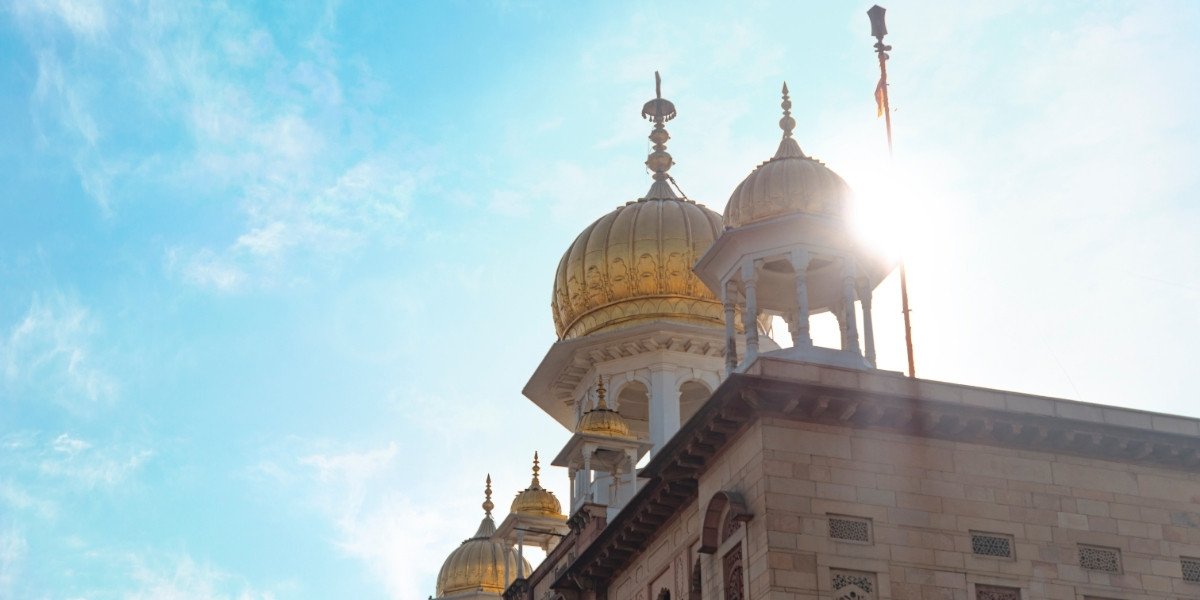
In the contemporary era, Gurudwara Sis Ganj Sahib remains a vital spiritual and cultural hub for Sikhs. The site has undergone several renovations to accommodate the growing number of visitors and to preserve its historical integrity. Despite the changes, the Gurudwara continues to serve as a sanctuary where the principles of justice, equality, and devotion, championed by Guru Tegh Bahadur, are not only remembered but actively practiced. Today, the Gurudwara stands as a powerful reminder of the sacrifices made by the Sikh Gurus and a testament to the enduring strength of the Sikh faith.
Contact Us
Copyright © 2025 Temples.org. All rights reserved.